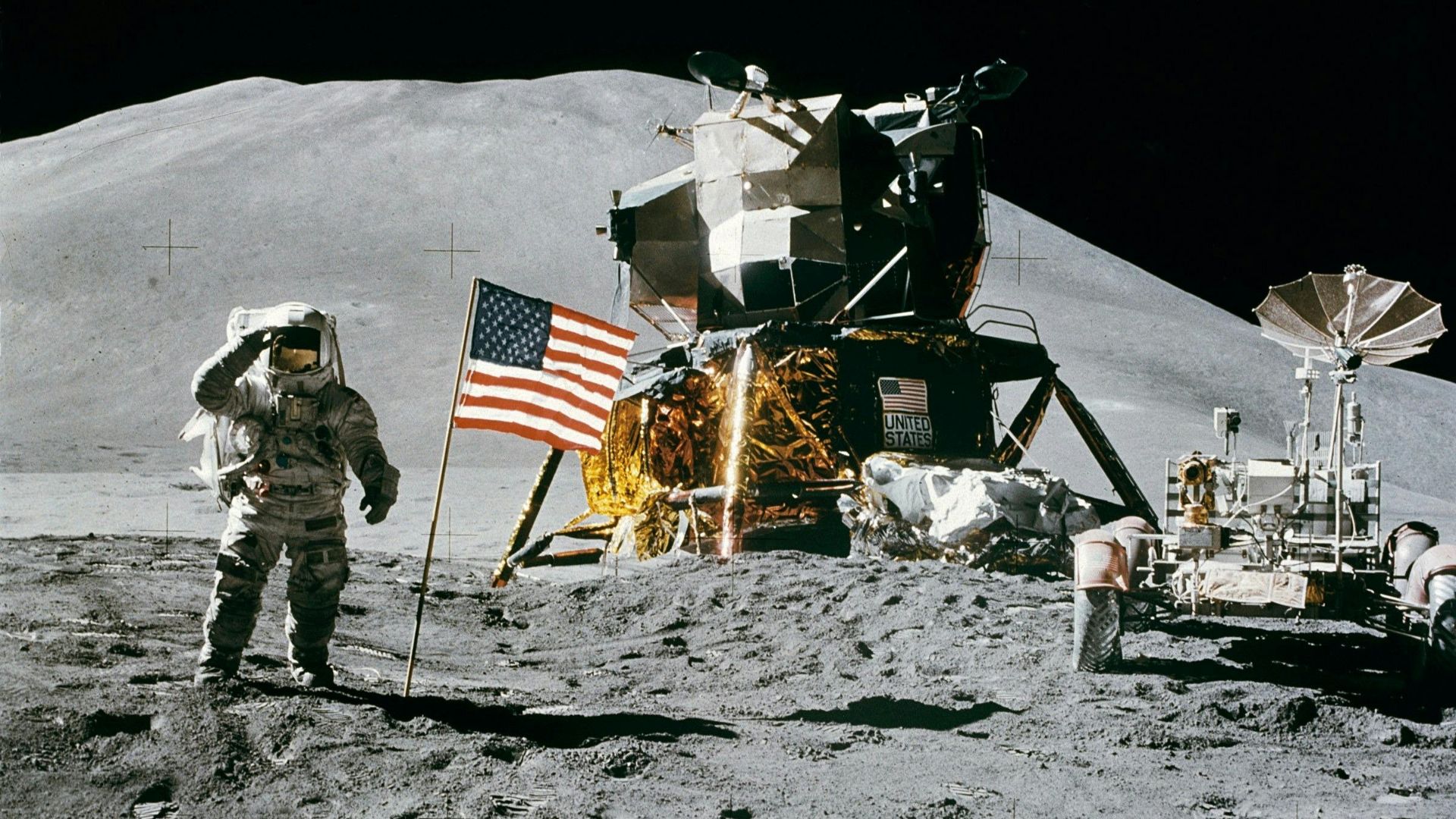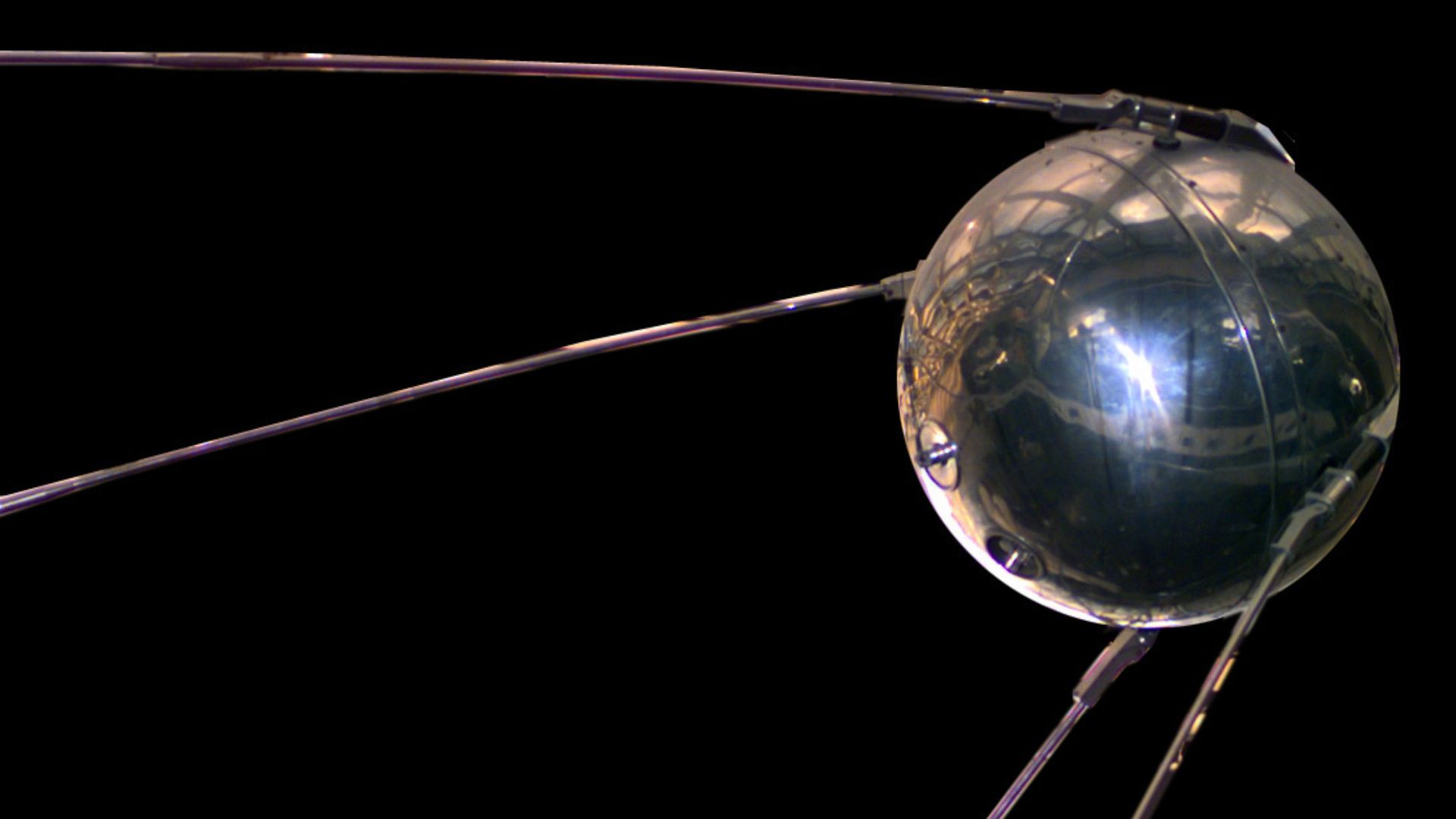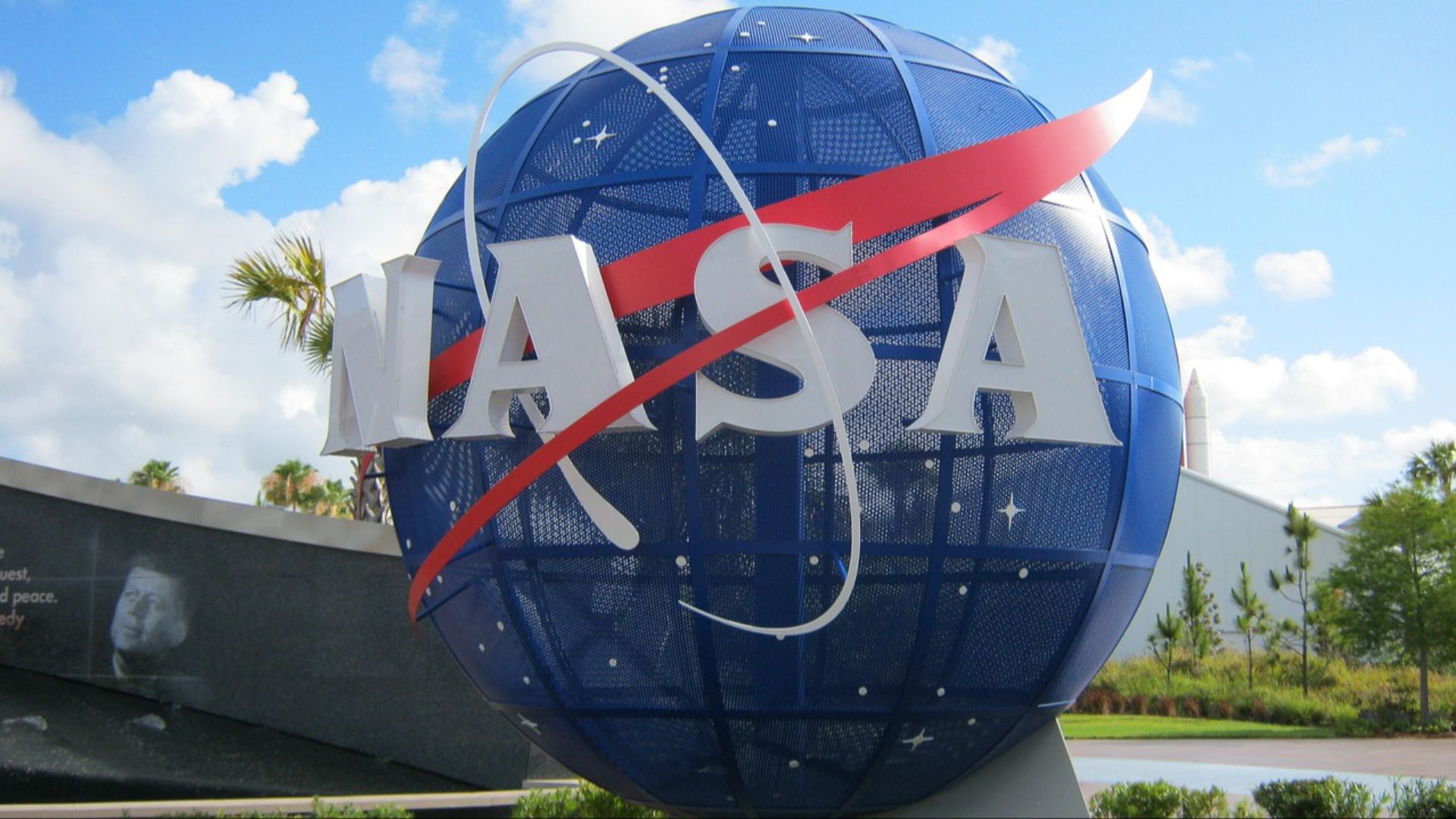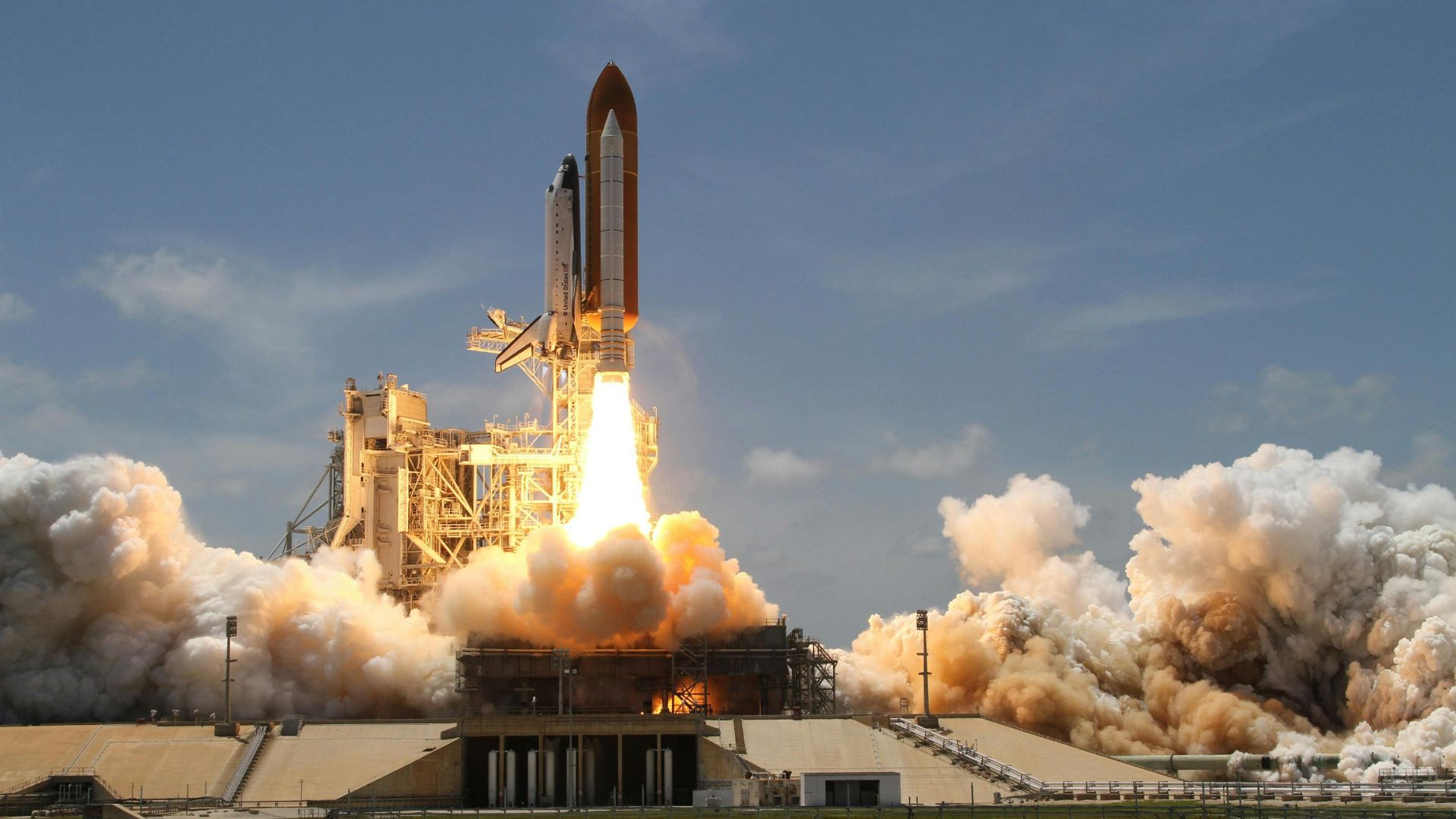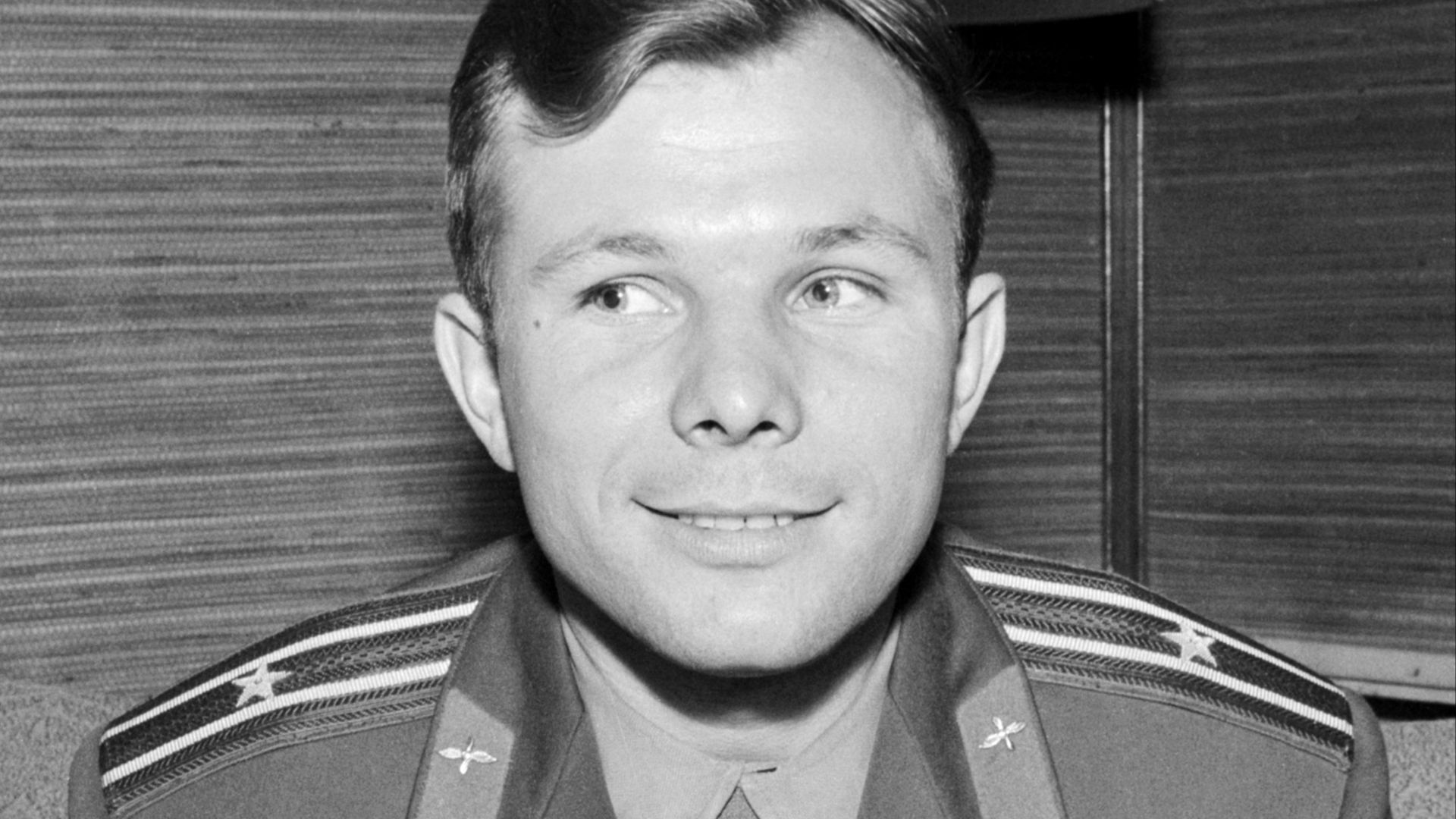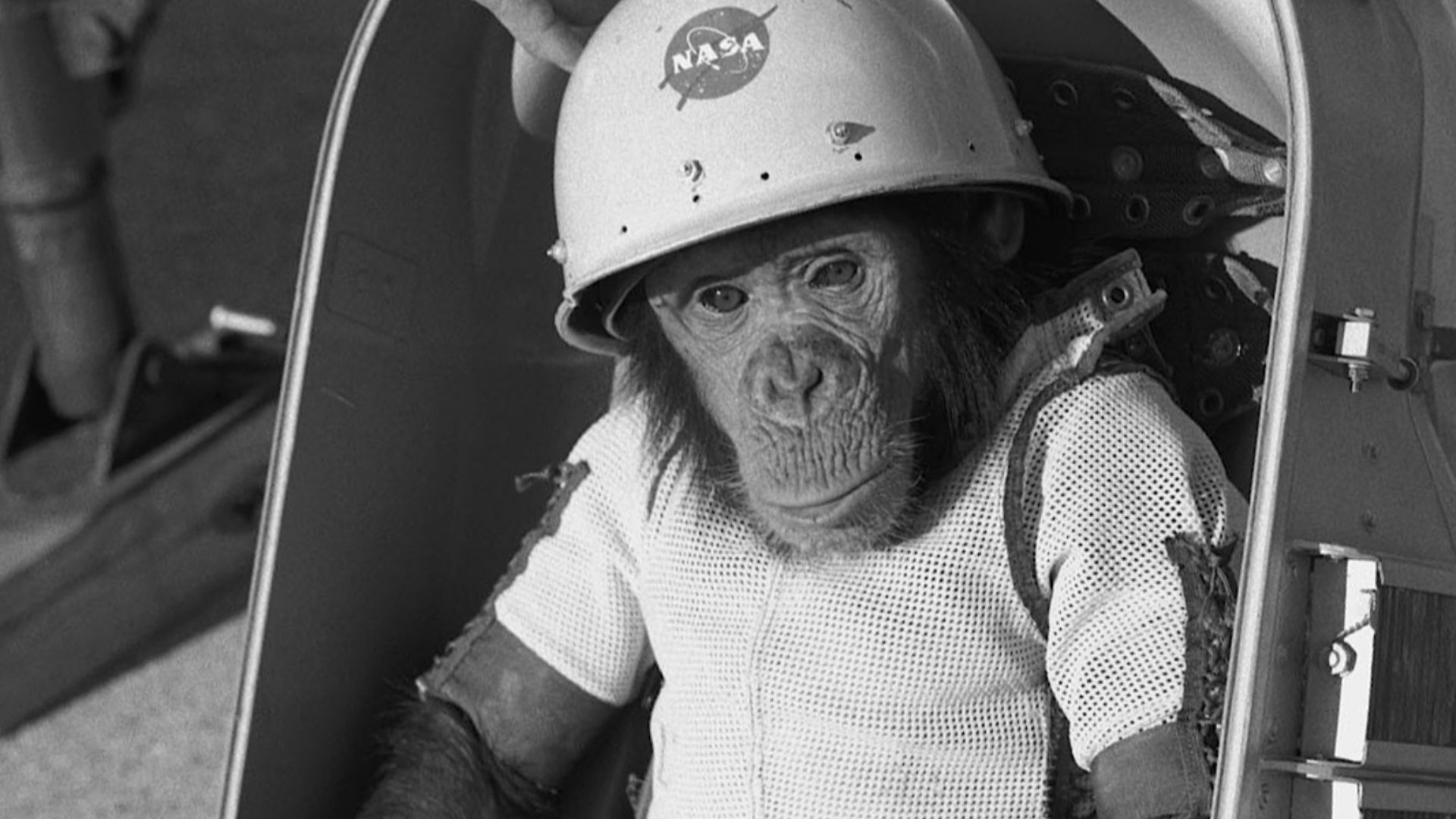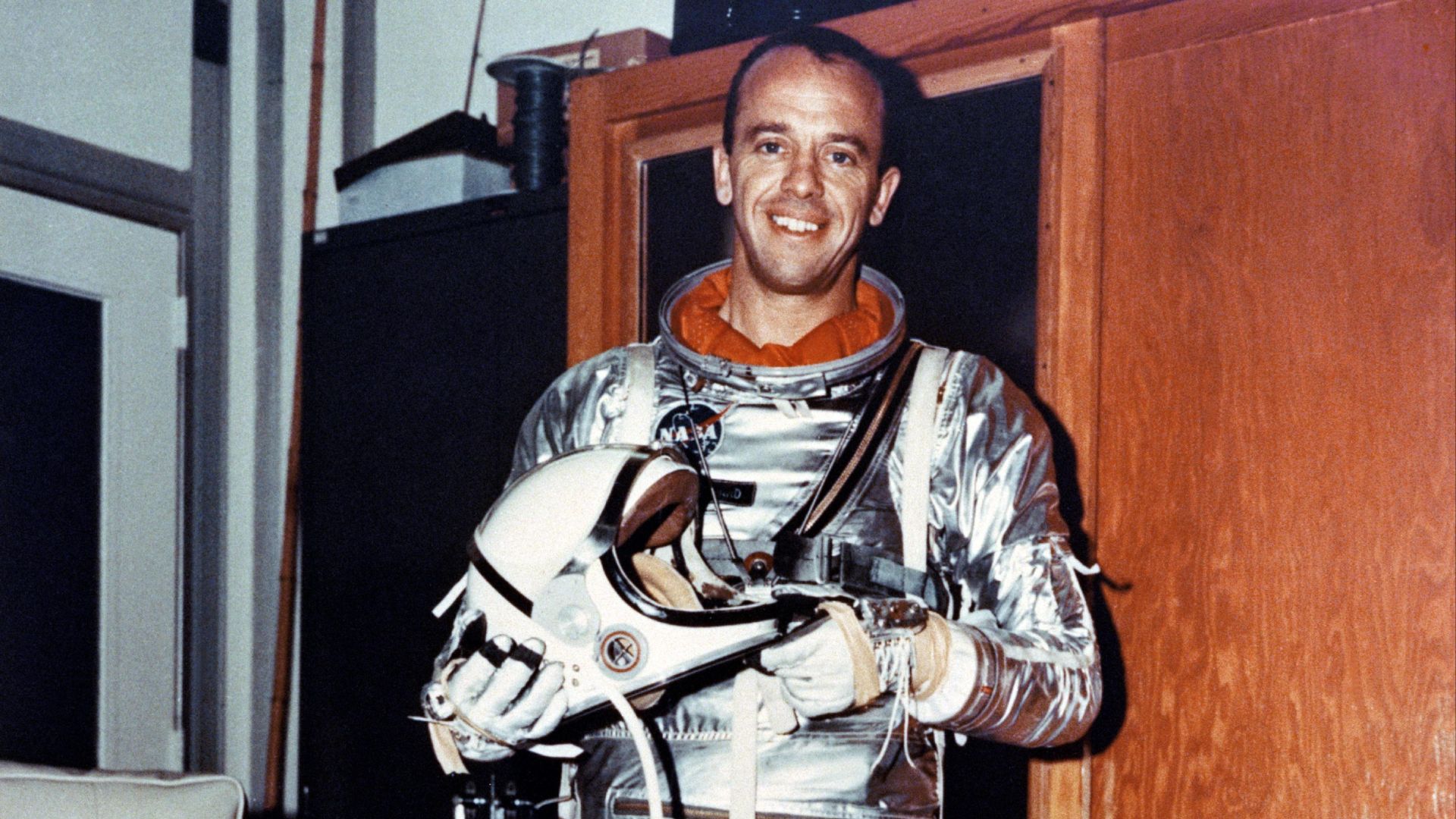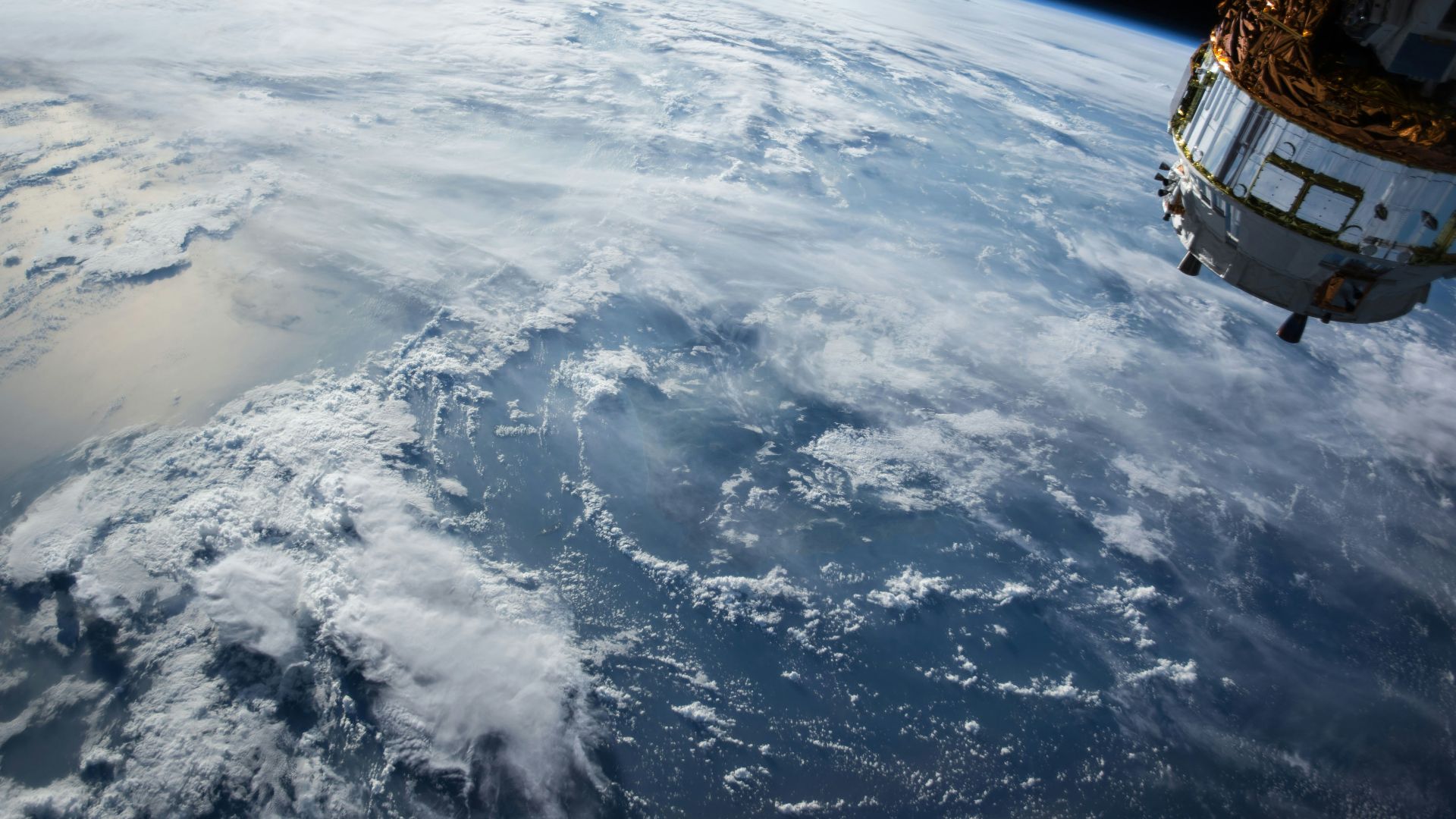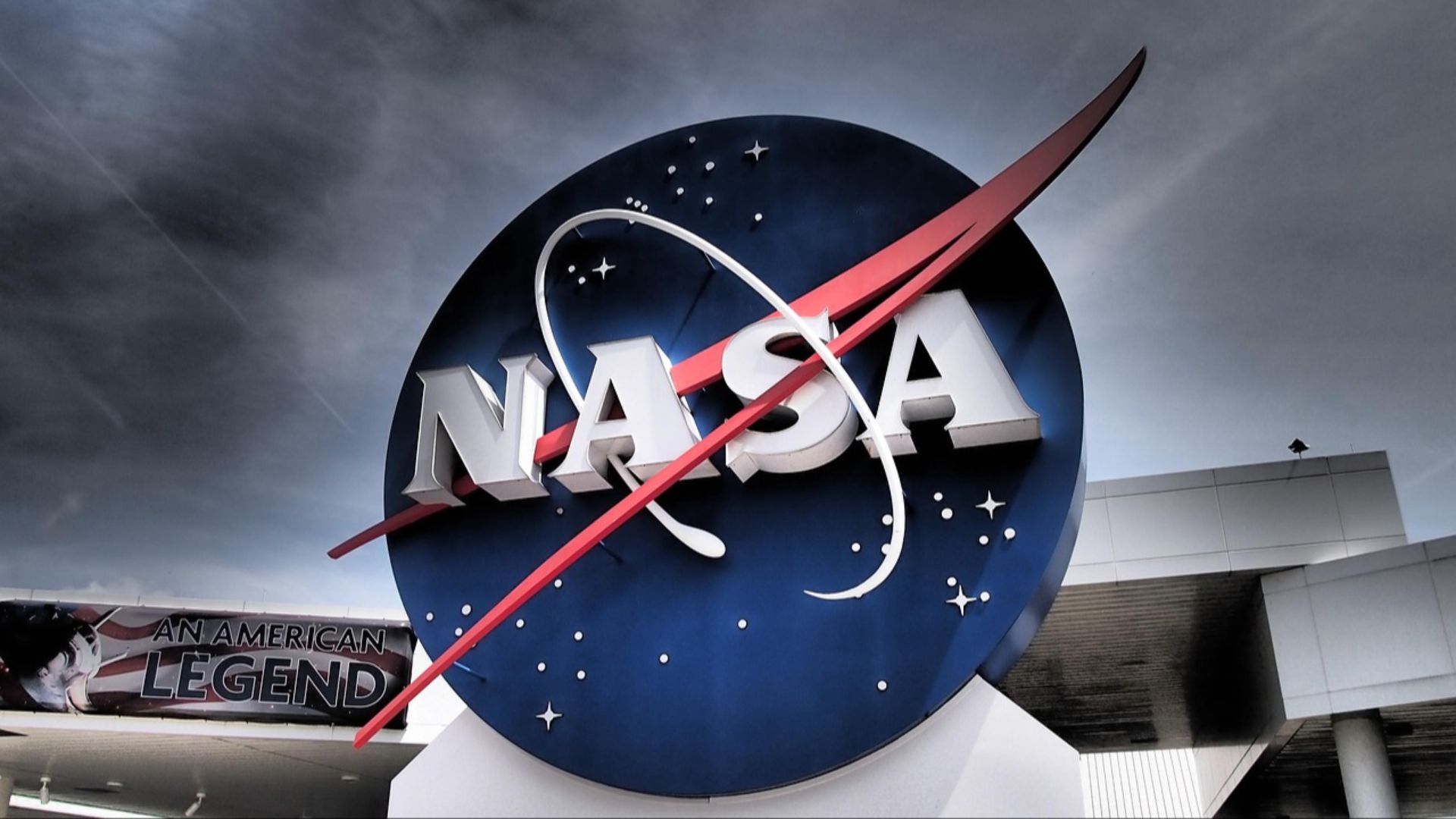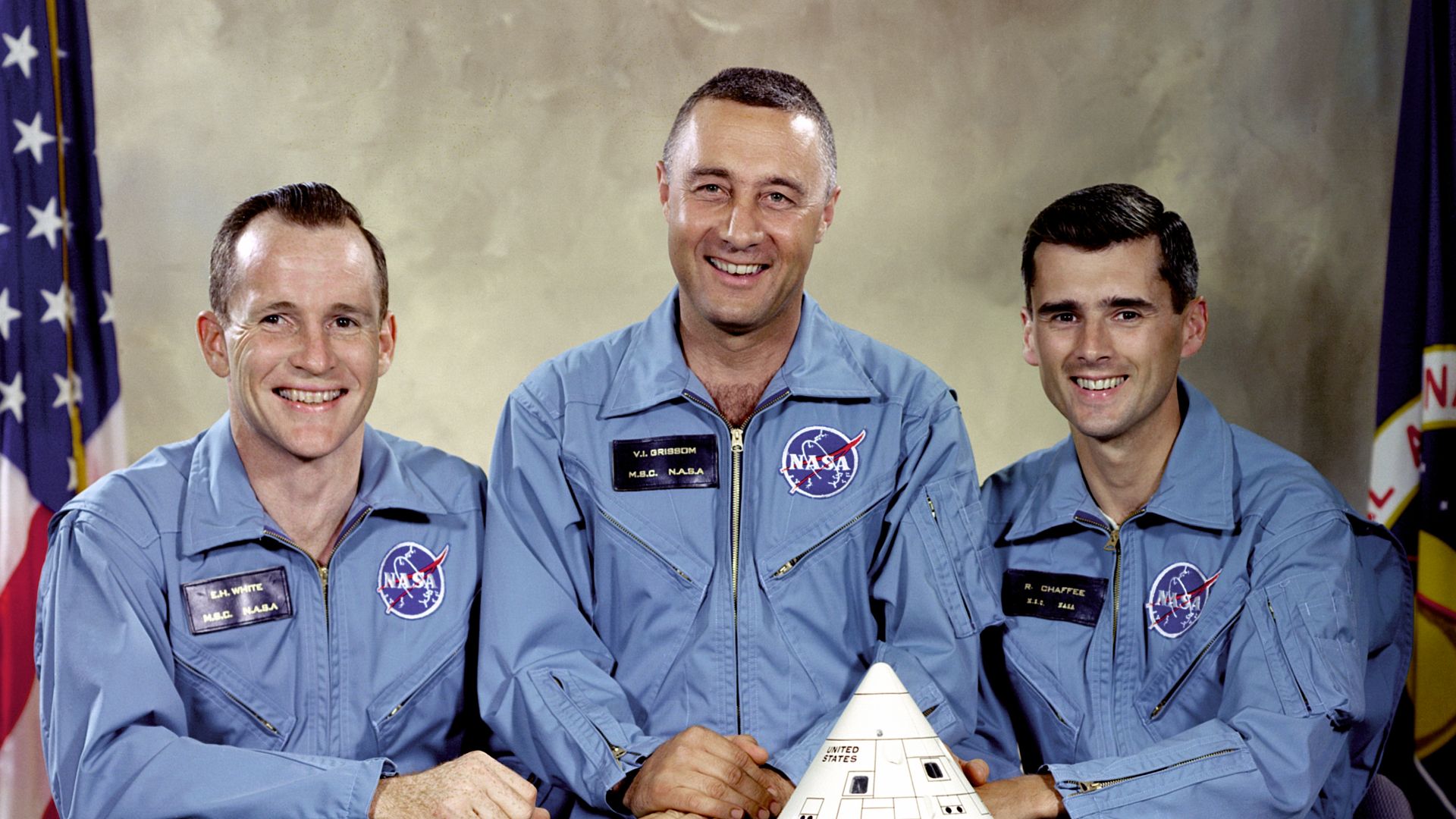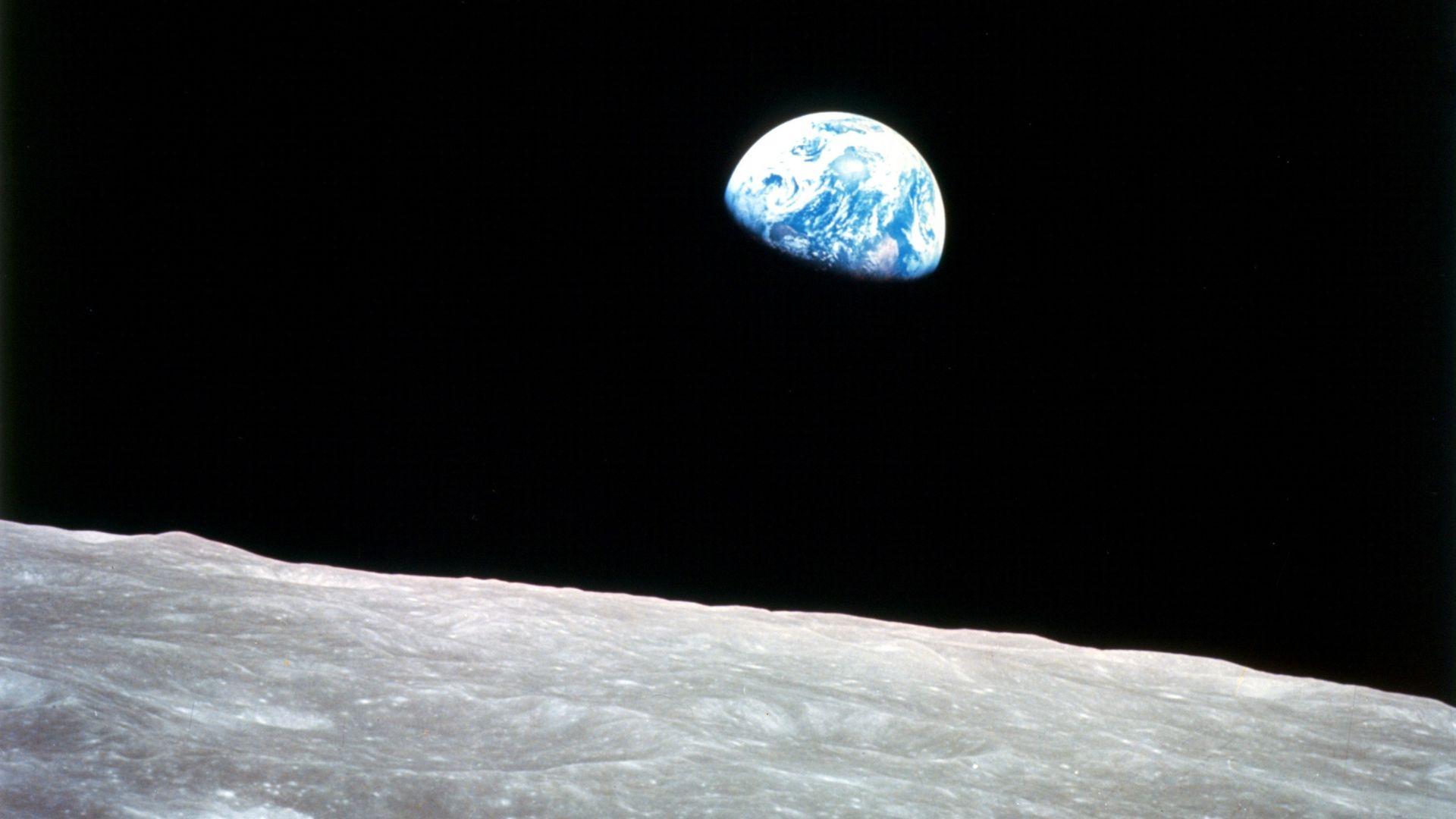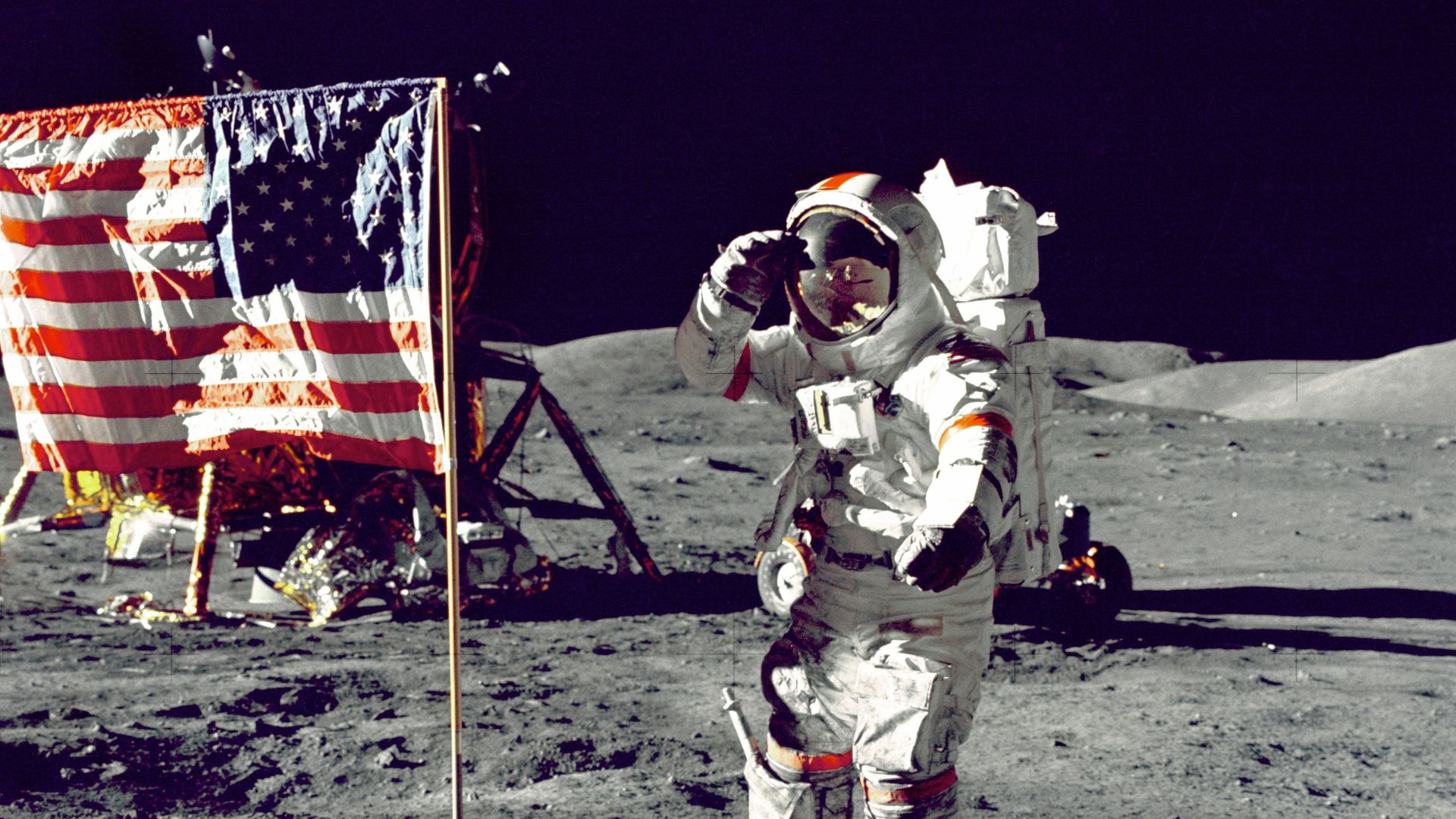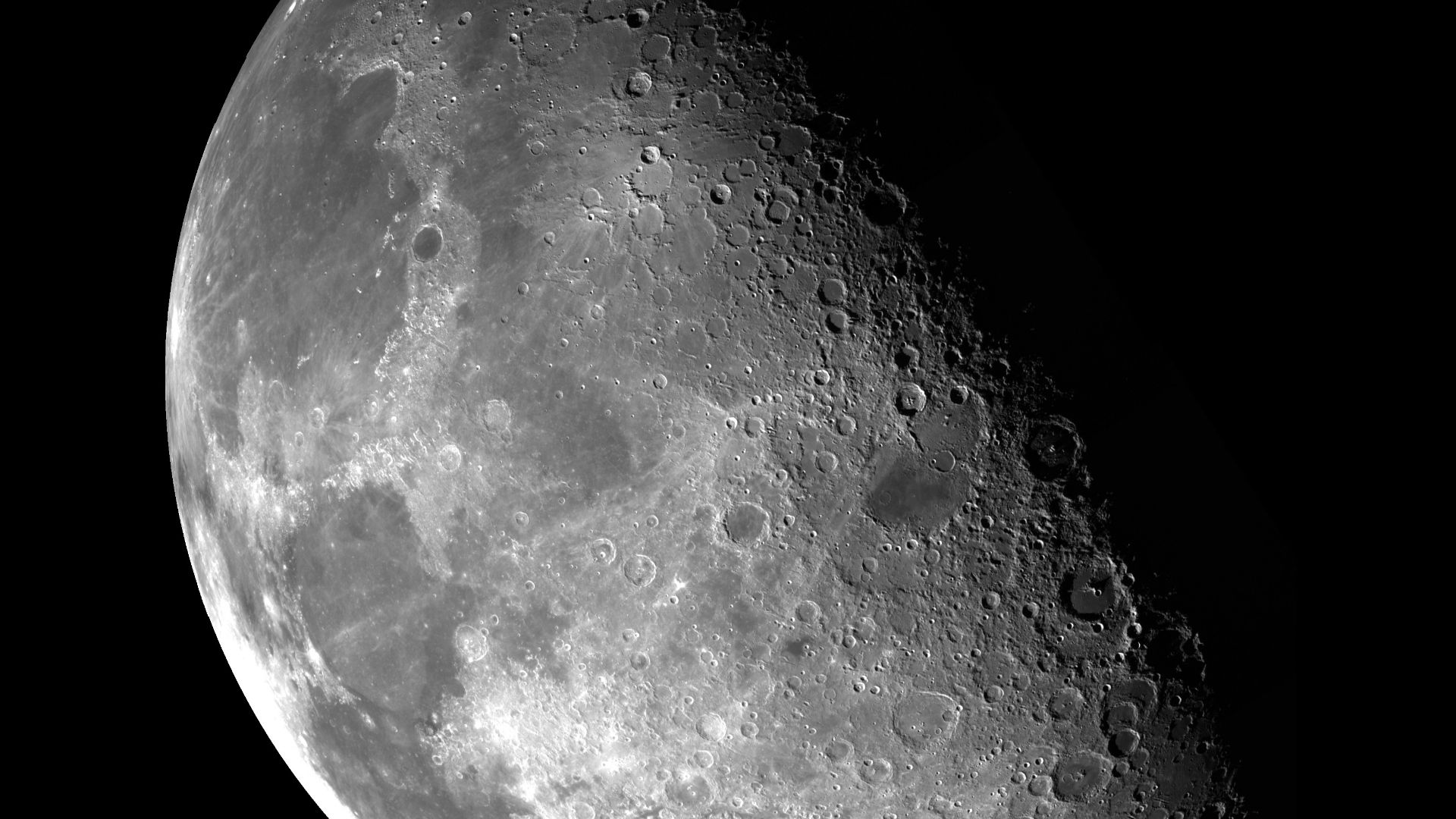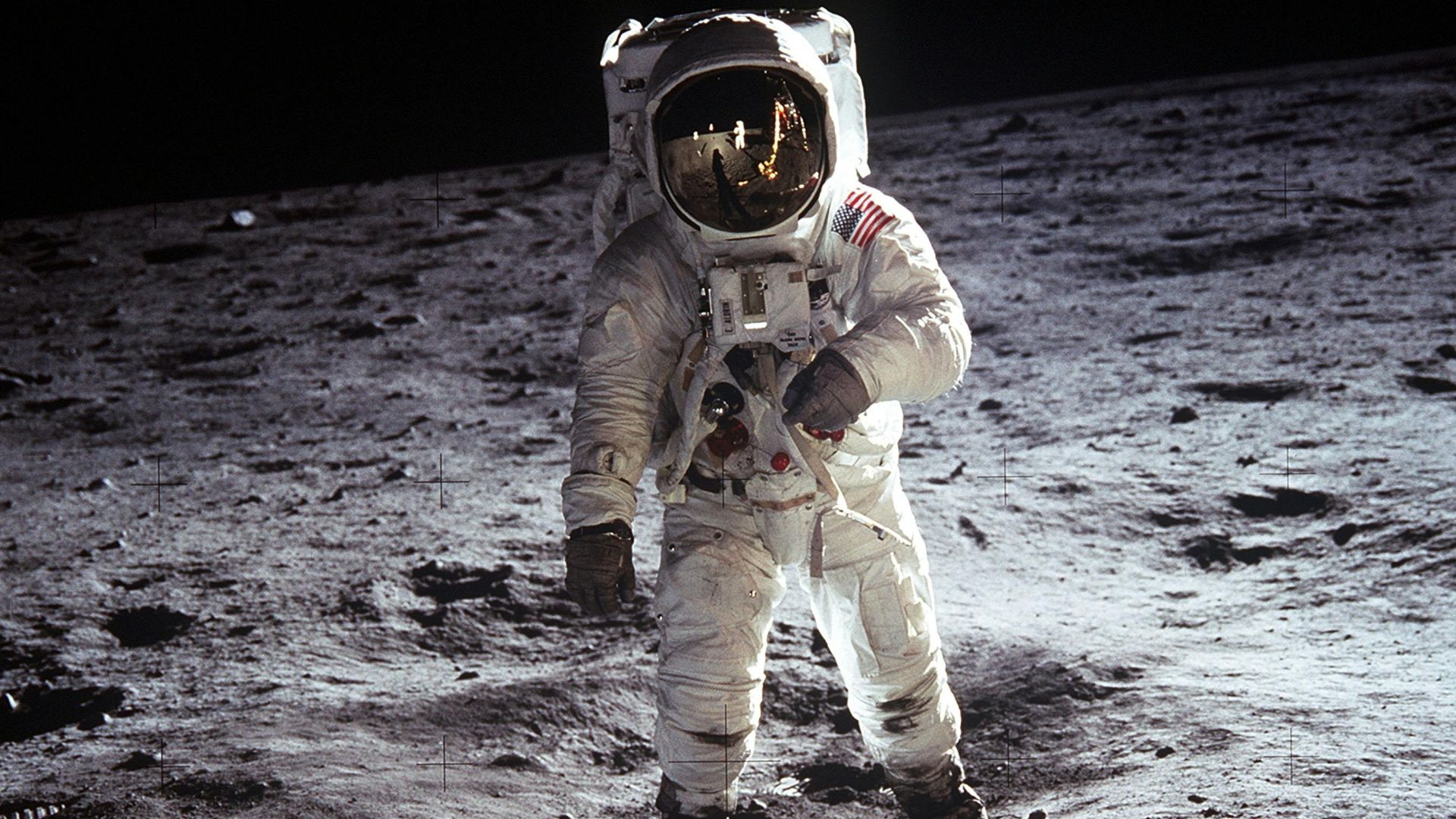Fly Me To The Moon
While hearing about astronauts in space might not feel like the biggest news these days, you have to think back to how it all started. Can you imagine hearing about a man walking on the moon for the first time? Or realizing that we had the technology to create impressive spacecrafts that could withstand outer space? Here are 20 amazing facts about the space race between the United States and the Soviet Union that fueled the fire in making big, progressive steps in space travel. We guarantee they'll surprise you!
1. It Started With A Sputnik
On October 4, 1957, the whole world would never be the same again after Sputnik 1 was launched into space by the Soviet Union, becoming the first artificial satellite. This amazing feat of being the first man-made object to orbit the planet was quickly overshadowed by another fact though: the official start of the space race between the U.S.S.R. and the United States.
2. The Start of NASA
NASA may be a household name in today's day and age, but back in 1958, the world was yet to realize the amazing discoveries the National Aeronautics and Space Administration would eventually uncover. Created as a response to the launching of Sputnik, this organization would change our understanding of space travel in years to come.
3. Why Did It Happen?
The space race wasn't just some random occurrence that began one day, it all started due to the tension created by the Cold War. The United States and Soviet Union were locked in rivalry, with mastering space travel revealing itself as the best way to prove each country's superiority and advanced technology. So really, all this happened because they wanted to be better than the other!
4. The Failure of Sputnik II
The Sputnik name doesn't live only in glory though. Launched a few months after the first on November 3, 1957, Sputnik II was sent into space once more by the Soviet Union, but this time, there was someone on board. Laika the dog was the first living creature to orbit the planet, but there were never any plans of bringing her back. While her name will go down in history, it's sad thinking she was sacrificed for science.
 Colectivul Dumitrana on Wikimedia
Colectivul Dumitrana on Wikimedia
5. Reaching For The Moon
In the early stages of the space race, it's clear that the Soviet Union dominated the United States. As the US continued to gather its best scientists, the U.S.S.R. sent out the Luna 2 on September 12, 1959, becoming the first object to make it to the moon. It was a massive achievement as the rest of the Americans rushed to keep up with the Soviet Union's massive technological leaps.
6. From Dog To Human
With the loss of Laika still in everyone's hearts, by 1961, the Soviets were ready for the next step: to send a living human to orbit around Earth. It was brave Yuri Gagarin who took on the unthinkable challenge, becoming the first person to ever travel to space. He did so in the Vostok 1, an impressive capsule-shaped spacecraft.
7. Project Mercury
Following in their footsteps, the Americans prepared their very own launch, sending Ham the chimpanzee into orbit as part of the Mercury-Redstone 2 mission on January 3, 1961. Thankfully, the test was successful and Ham safely returned to Earth, forever garnering the nickname, Ham the Astrochimp.
8. The First American In Space
Though he wasn't quite the first human to ever reach space (it was sadly taken by Yuri Gagarin just months prior), Alan Shepard was the first American to do it. He named his spacecraft the Freedom 7 and though it did enter space, it wasn't able to orbit the Earth.
9. JFK's Big Goal
As the Americans lagged behind in the space race, John F. Kennedy decided to make a big speech on May 25, 1961 to settle things once and for all. Claiming America would safely send a man to the moon and back by the end of the decade, he followed this notion later on with his iconic words, "We choose to go to the moon," which would echo forever in history.
10. A Lot Of Funding
But in order to send living humans to the moon, all while building a functioning spacecraft that could take them there, it would cost a lot of money. How much money you might ask? Well, JFK asked congress for a whopping additional 7 to 9 billion dollars with the hopes of achieving this goal.
11. The Three Space Programs
America had a total of three different space programs during the space race, each with different objectives. They were as follows: Mercury, Gemini, and Apollo. Project Mercury was the first to take place, with the goal simply to put humans into space. Then followed Project Gemini, which was about advancing astronauts' space skills so that lunar landing could be successful in the future. Lastly, as spoken by JFK, Project Apollo had one goal: to send a man to and from the moon safely.
12. The First To Orbit
Although Alan Shepard was the first American to make it off planet Earth and into space, it was John Glenn in 1962 who became the first to actually reach orbit. Also known as the Mercury-Atlas 6 mission or Friendship 7, he orbited the Earth not just once, but a total of 3 times before his safe return. This impressive success did more than just lead the country down the right path, it also rejuvenated their spirits.
13. The Birth of Project Apollo
By the end of 1962 following a rather successful year of progress in the space race, America's Project Apollo, with the goal of sending a man to the moon and back, heightened in growth. During the peak of this time, it's believed that approximately 400,000 workers were involved in the program, ranging from those in NASA to contractors and much more. It's safe to say a lot of manpower was needed.
14. Lives Lost In The Race
On January 27, 1967, a tragedy occurred during the rehearsal test for the launch of Apollo 1. Three astronauts, Virgil Grissom, Edward White II, and Roger Chaffee, died to a flash fire when the wiring of the spacecraft short-circuited. It was a devastating loss for NASA and the entire country during this time filled with anxiety and pressure.
15. The Apollo 8
Now moving forward to 1968, the Apollo 8 was a successful mission that made the crew Frank Borman, Jim Lovell, and Bill Anders, the first to ever reach Mars. It orbited the planet a total of 10 times before making its way home, with the sole purpose to demonstrate safe travel to the moon, the power of the new Saturn V rocket, and to further refine the steps to make landing possible.
16. Earthrise
One of the most iconic outer space photos ever taken, Bill Anders snapped a photo during the Apollo 8 mission which is forever known as "Earthrise." Showing the Earth in its glory alongside part of the Moon's surface, it was a clear sign of the country's progress in space travel. Not to mention, it was the first colored photograph ever taken of our planet!
17. At Long Last
The moment you've all been waiting for: July 16, 1969. Less than a decade after the start of the space race, the United States officially launched Apollo 11, which is now known in history as the first successful manned mission to the moon. We've all come to know this historic day as "one small step for man, one giant leap for mankind."
18. The Famous Crew
The Apollo 11 crew consisted of several familiar household names today, including Neil Armstrong, Buzz Aldrin, and Michael Collins. After their successful landing on July 20, Armstrong famously became known as the first man to ever step foot on the moon. These 3 brave men ventured out into unknown territory before anyone else, forever marking their names in every history book around the world.
19. Failed Attempts
Sadly, although the Soviet Union was ahead in the early stages of the space race, they were met with several failed attempts later on. In particular, their "Luna" program faced numerous setbacks, with Luna 6, 7, 8 and more being mission failures.
20. The Winners
With the United States effectively accomplishing what no one thought was possible, the space race concluded the moment Neil Armstrong took his first steps on this barren planet. It was years of hard work, but the effort put into these missions made massive progress in space travel, leading us to where we are now.
KEEP ON READING

New Moon, Old Red Paint: A History Of The Chinese…
Ancient Emperors Ate Dumplings. The Chinese New Year is a…
By Megan Wickens Jan 28, 2025
The Biggest Thinkers Of All Time & Their Theories
We're Still Learning From Them Today. From Charles Darwin to…
By Emilie Richardson-Dupuis Jan 29, 2025
20 Wives From History That Are Cooler Than Their Famous…
"Behind Every Great Man, There Is A Woman". Many powerful…
By Megan Wickens Jan 14, 2025
20 Greatest Poets the World Has Ever Known
Beloved Poets of Our Time. There's more to poetry than…
By Christy Chan Jan 14, 2025
From School Plays To Starting A Cult: 20 Of The…
The Books That Made Us. Many people will tell you…
By Farva Ivkovic Jan 31, 2025
20 Facts About Jane Grey, The Forgotten Queen Of England
A Quick, Messy, and Tragic Reign. Lady Jane Grey never…
By Maria Cruz Jan 31, 2025

